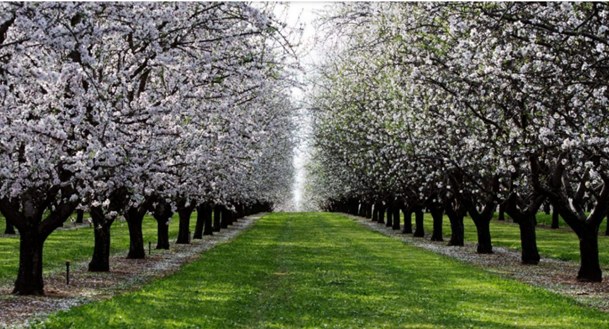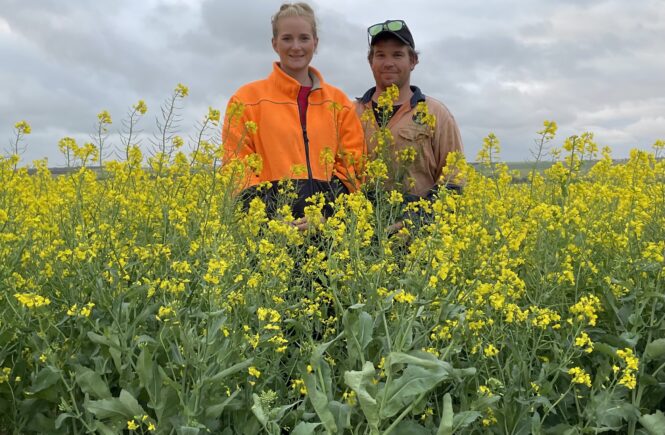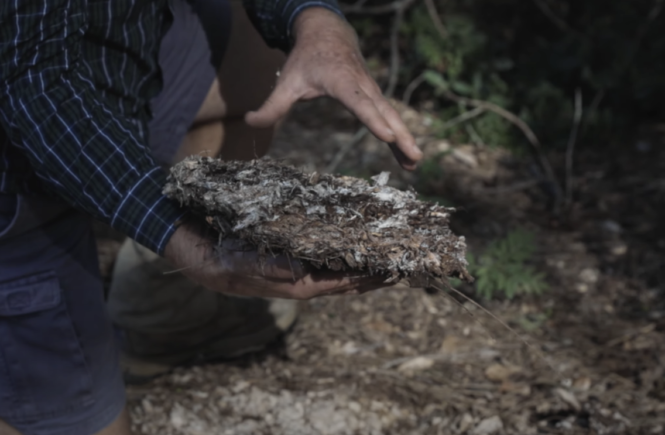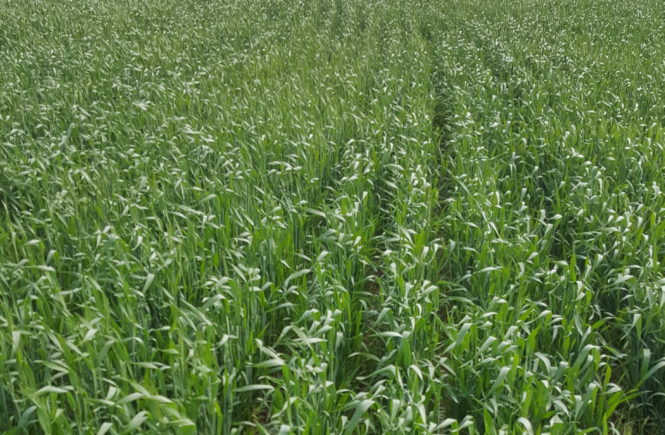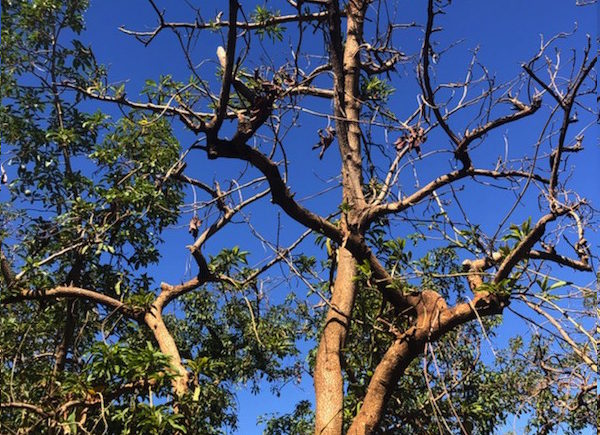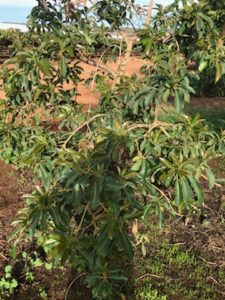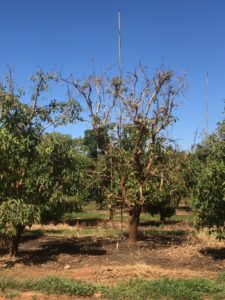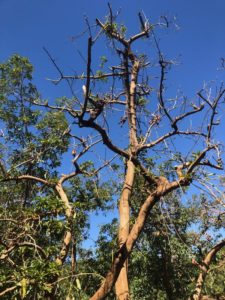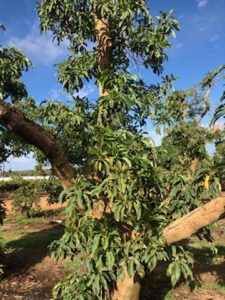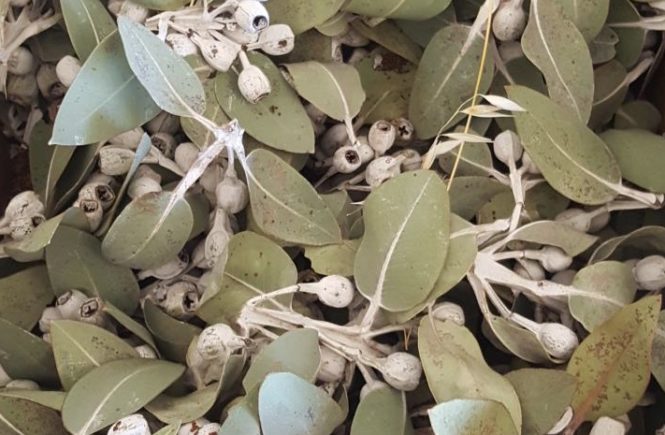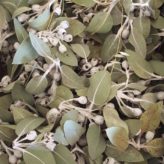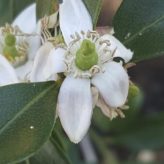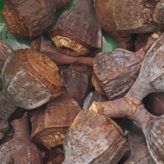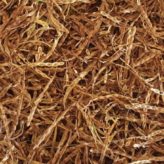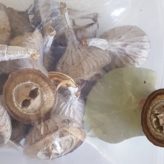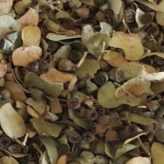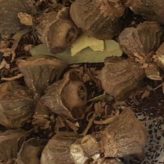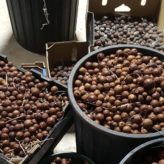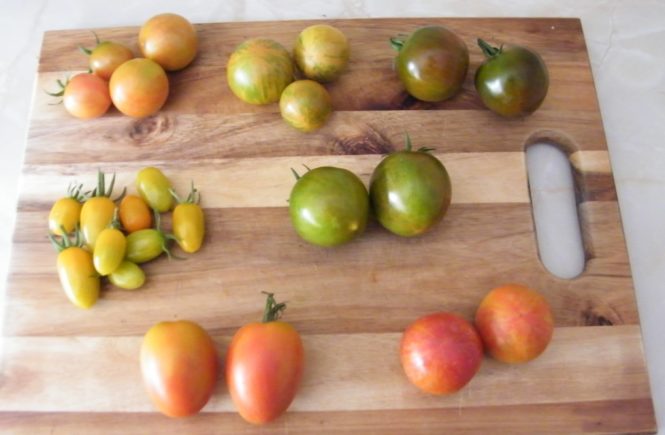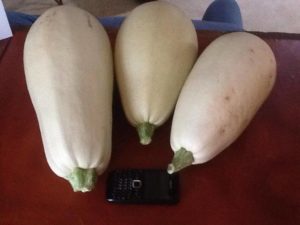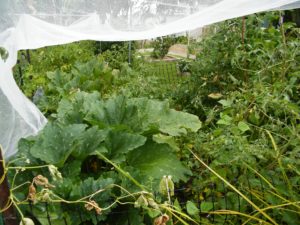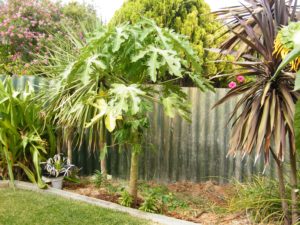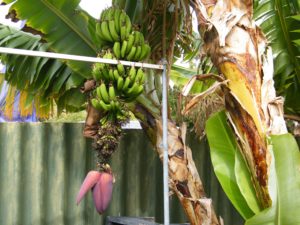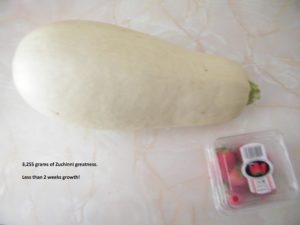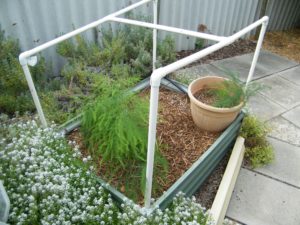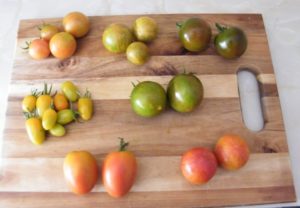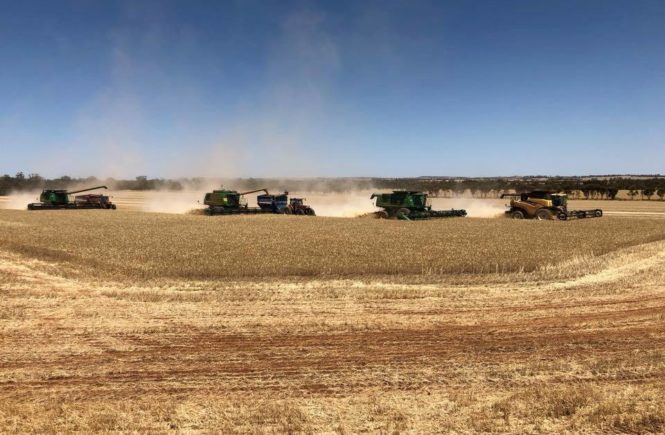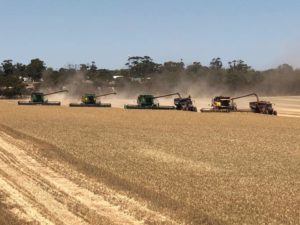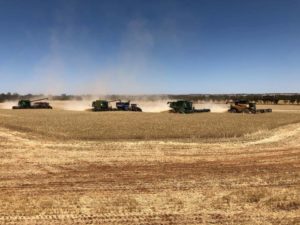Located in Sandalwood, South Australia, Sandalwood Poll Merino is a cherished family-owned agricultural business known for its commitment to sustainable practices. This enterprise manages a diverse operation, combining poll merino sheep rearing with cereal cropping, including wheat, barley, and rye.
In 2017, Justin Boughen, the driving force behind Sandalwood Poll Merino’s success, introduced PyroAg Wood Vinegar into their farming regimen. Justin reflects on this transformative experience: “We were given a chance to trial some wood vinegar thinking it
would be a good liquid carbon and also opening up the leaf pores of plants allowing chemicals and fertilisers to enter easy. After using wood vinegar, our crops appeared darker green and healthier. Also, it did a better job on our broadleaf weeds.”
The impact of PyroAg Wood Vinegar goes beyond surface improvements. Justin elaborates: “We believe PyroAg Wood Vinegar will increase root growth, leaving us with better soil structure and replacing carbon which we take out. We have used PyroAg Wood Vinegar for about five years now, integrating it into our seed dressing as well as our liquid chemical sprays.”\
“We are very happy with PyroAg Wood Vinegar and continue to experiment with this product.” As Sandalwood Poll Merino remains committed to monitoring soil health and refining their approach, it’s evident that PyroAg Wood Vinegar is an invaluable asset
in their pursuit of sustainable and prosperous agriculture. Its ability to enhance both crop health and soil quality underscores its pivotal role in their ongoing success story.
“The impact of PyroAg Wood Vinegar goes beyond surface improvements.”




